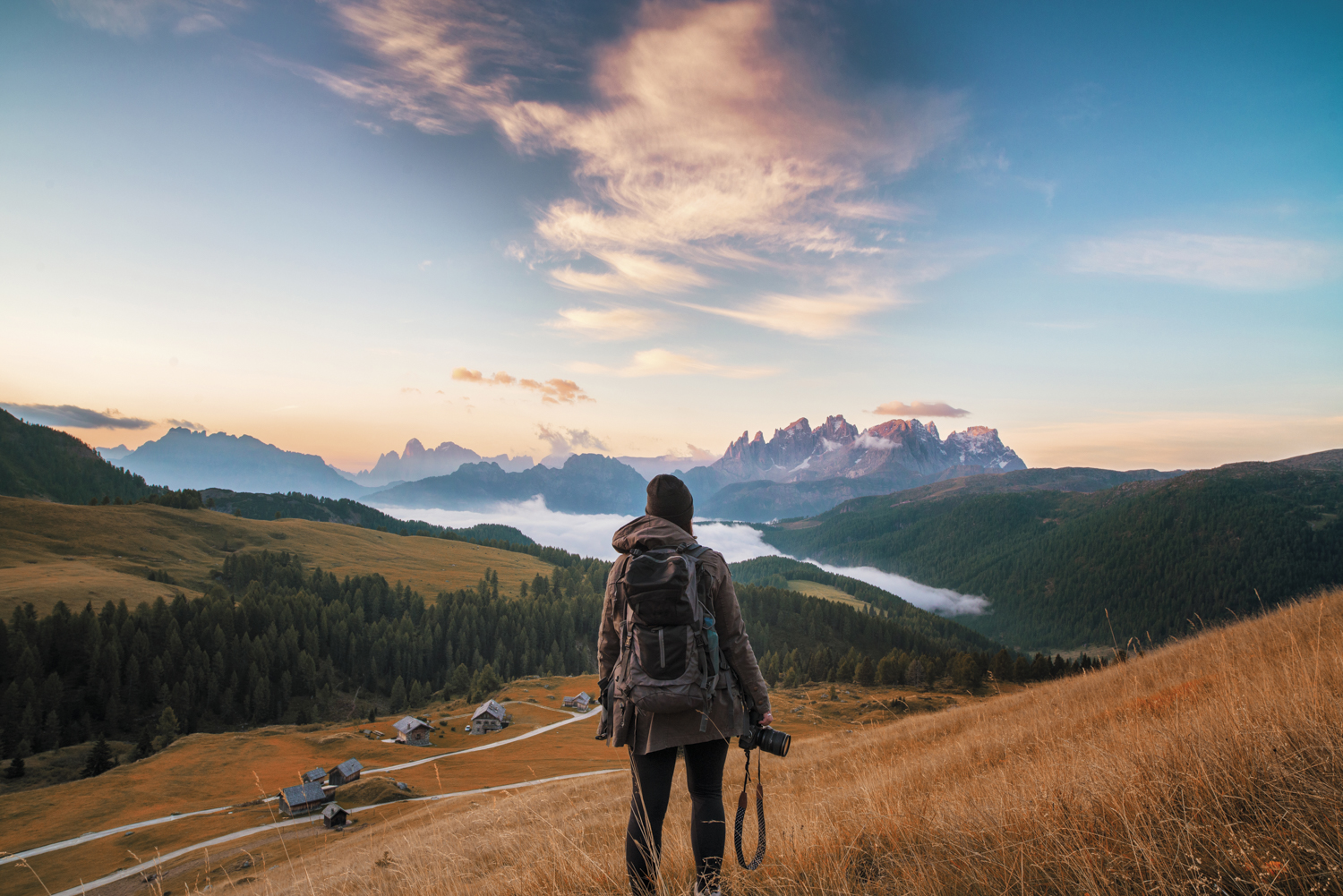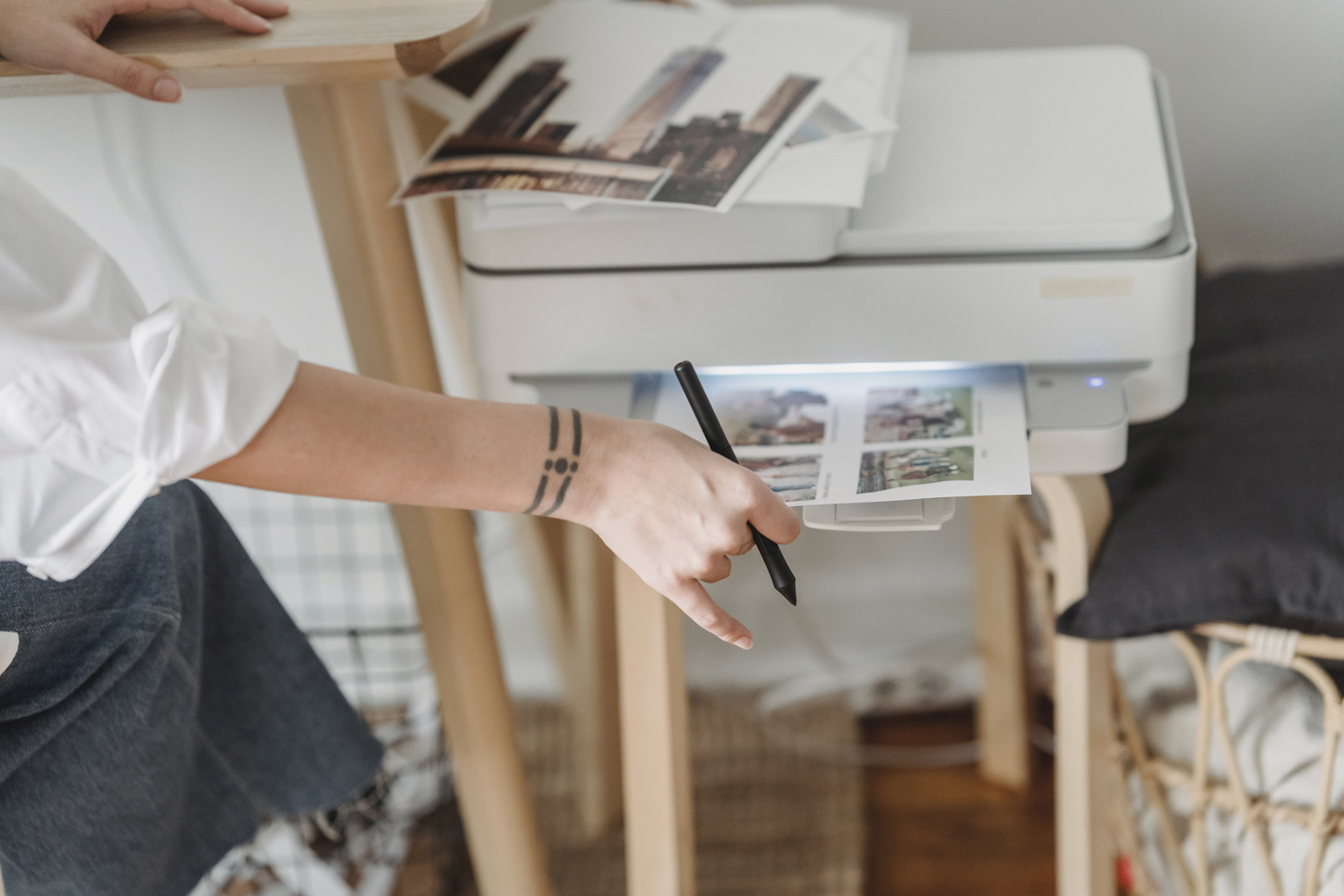Earth Day: how to make money from photography in an eco-friendly way
From printing to planning, there are small changes you can make to become a green and sustainable photographer

How can photographers help to create change when it comes to the environment and conservation? With another global Earth Day on 22 April 2022, it's a great time to consider the small ways you can become a more eco-friendly photographer.
Check out our tips below, plus the best green web hosts for a sustainable photo business and eco-friendly printing tips.
The conversation about climate change comes and goes, led by media coverage of high-profile events but neglecting some of the key environmental issues we face today. As photographers, we probably don’t think of our business practices as especially damaging to the environment.
When working from a home studio or fixed location, it can feel as though we are operating in a bubble that doesn’t connect much with nature. However, there are issues other than global warming and worldwide climate impacts to consider.
On a local level, our day-to-day activities can have significant effects on the environment. From the production of waste materials to damaging behaviour when out shooting in the landscape, we all leave a footprint of which it can sometimes be hard to keep track.
Many of the negative impacts we introduce are entirely unintentional and often overlooked. For example, it is surprising how much we throw away and where the areas for improvement are. The upside is that we may even save some money in the process.
It’s not easy to run a profitable business and be climate-conscious. But with a few simple changes, you should be able to meet both objectives harmoniously. Let's find out how!
The best camera deals, reviews, product advice, and unmissable photography news, direct to your inbox!

Lower your power consumption
As photographers, we use a lot of electricity. Most of this is unavoidable as we simply cannot function without power – our cameras need to be charged, our laptops need to be active for editing and we need a charge for each of our studio strobes. However, you should think about asking yourself whether, during a working day, you are using more power than is necessary.
A perfect starting point in the journey to greater sustainability is to reduce unnecessary power usage. Turn off your gear when it is not in use and it’s possible to make big savings, both environmentally and financially. Take a look around your workspace, and it won’t take you long to find areas that could be more efficient.
Many photographers use multiple screens to edit their work. This is perfectly acceptable and arguably essential in some cases, however, if you don’t need all monitors to be active, then turn off those that aren’t being used.
The same can be said of strobes. At the end of a shoot, it is easy to walk away with your filled memory cards and leave the modelling lights burning. This racks up both your carbon footprint and your energy bills.
When creating a controlled editing setup, calculate exactly how much light you need and work out the ideal placement for balanced intensity. Then turn off all other lights in the room that aren’t critical for your work.

Be respectful in the field
When shooting out and about in the field, always make sure that you minimise your direct impact on the surroundings. Keep your distance from wildlife subjects to avoid causing distress or altering their behaviour. This can have profound effects on life cycles and the general well-being of the organisms we shoot.
Macro and plant photographers should limit their ‘gardening’ of wild environments – try not to move anything that can’t be composed out of a shot or retouched later. If you do have to make physical alterations, try pegging back stray foliage instead of pruning. If you move any organisms for shooting purposes, always return them, unharmed, to where you found them.
An effective approach is to scout locations for ideal shooting spots. That way you can reduce walking on vegetation or other habitats by setting up in a few pre-identified positions. Be mindful of damaging roots too – consider swapping tripod feet to minimise the impact on the ground upon which you will be shooting.

Reduce your carbon footprint
It’s not possible to prevent all CO2 emissions caused by your photography, but we can work to reduce them. Firstly, if you’re looking to buy a second camera, why not search the second-hand market for gear? That way you can find some great products that are friendlier to your wallet and to the environment since you are essentially recycling an item that would otherwise end up as landfill.
Source these items locally and you’ve also limited the transport impacts. Furthermore, look to green website hosts that are certified as eco-conscious. Also, why not use your locality as a selling point? Promote your business locally to reduce your need to travel, using this environmentally-conscious stance as a marketing strategy.

Use sustainable materials
It's a great thing to print more of your images, but this only applies when you're printing sustainably. If you have lots of failed prints that need discarding, this is obviously a waste. Papers made from synthetic materials often require more chemicals to be used in their production. That means they can’t be fully recycled, so they end up as landfill.
Eco-friendly papers are those made entirely from natural materials and sustainable sources, such as 100 percent cotton papers, from certified farms. These might be more expensive to purchase but are likely to have full colour management support, which can reduce your waste further.
If you print less regularly, stick to using online print labs, and only those that specify which papers and inks they work with. If you are a professional who prints often, consider using roll paper and waiting until you have accumulated enough orders to fill an area of paper. For one-off jobs, use pre-cut paper sizes – this approach can minimise the amount of unusable off-cuts.
Read more:
Green website hosts
The iconic photo behind Earth Day's hashtag
Eco-friendly photo printing
Best online photo printing
As the Editor for Digital Photographer magazine, Peter is a specialist in camera tutorials and creative projects to help you get the most out of your camera, lens, tripod, filters, gimbal, lighting and other imaging equipment.
After cutting his teeth working in retail for camera specialists like Jessops, he has spent 11 years as a photography journalist and freelance writer – and he is a Getty Images-registered photographer, to boot.
No matter what you want to shoot, Peter can help you sharpen your skills and elevate your ability, whether it’s taking portraits, capturing landscapes, shooting architecture, creating macro and still life, photographing action… he can help you learn and improve.
- Lauren ScottFreelance contributor/former Managing Editor

